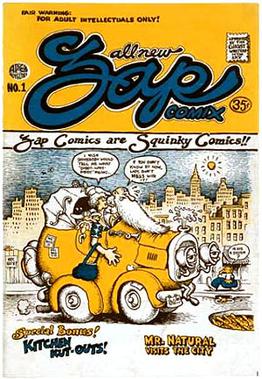
Underground comix are small press or self-published comic books that are often socially relevant or satirical in nature. They differ from mainstream comics in depicting content forbidden to mainstream publications by the Comics Code Authority, including explicit drug use, sexuality, and violence. They were most popular in the United States in the late 1960s and 1970s, and in the United Kingdom in the 1970s.
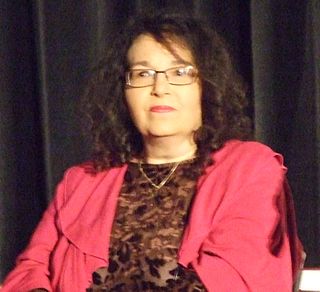
Melinda Gebbie is an American comics artist and writer, known for her participation in the underground comix movement. She is also known for creating the controversial work Fresca Zizis and her contributions to Wimmen's Comix, as well as her work with her husband Alan Moore on the three-volume graphic novel Lost Girls and the Tomorrow Stories anthology series.
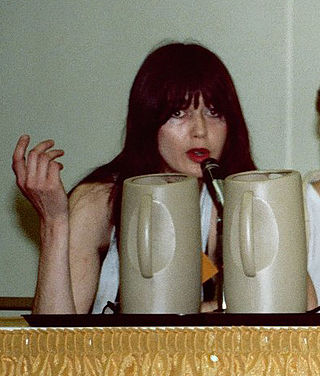
Dorothea Antoinette "Dori" Seda was an artist best known for her underground comix work in the 1980s. She occasionally used the pen name "Sylvia Silicosis." Her comics combined exaggerated fantasy and ribald humor with documentation of her life in the Mission District of San Francisco, California.

Raw was a comics anthology edited by Art Spiegelman and Françoise Mouly and published in the United States by Mouly from 1980 to 1991. It was a flagship publication of the 1980s alternative comics movement, serving as a more intellectual counterpoint to Robert Crumb's visceral Weirdo, which followed squarely in the underground tradition of Zap and Arcade. Along with the more genre-oriented Heavy Metal it was also one of the main venues for European comics in the United States in its day.
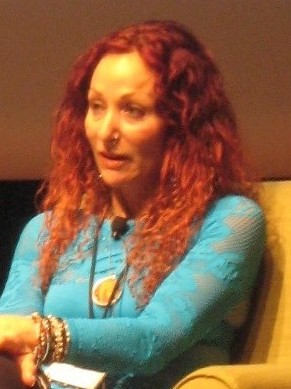
Aline Kominsky-Crumb was an American underground comics artist. Kominsky-Crumb's work, which is almost exclusively autobiographical, is known for its unvarnished, confessional nature. In 2016, ComicsAlliance listed Kominsky-Crumb as one of twelve women cartoonists deserving of lifetime achievement recognition. She was married to cartoonist Robert Crumb, with whom she frequently collaborated. Their daughter, Sophie Crumb, is also a cartoonist.

Last Gasp is a San Francisco–based book publisher with a lowbrow art and counterculture focus. Owned and operated by Ron Turner, for most of its existence Last Gasp was a publisher, distributor, and wholesaler of underground comix and books of all types.

Weirdo was a magazine-sized comics anthology created by Robert Crumb and published by Last Gasp from 1981 to 1993. Featuring cartoonists both new and old, Weirdo served as a "low art" counterpoint to its contemporary highbrow Raw, co-edited by Art Spiegelman.
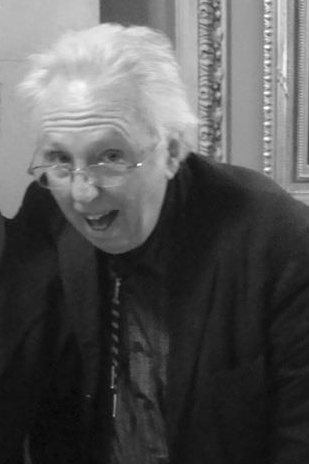
William Henry Jackson Griffith is an American cartoonist who signs his work Bill Griffith and Griffy. He is best known for his surreal daily comic strip Zippy. The catchphrase "Are we having fun yet?" is credited to Griffith.

Carol Tyler is an American painter, educator, comedian, and eleven-time Eisner Award-nominated cartoonist known for her autobiographical comics. She has received multiple honors for her work including the Cartoonist Studio Prize, the Ohio Arts Council Excellence Award, and was declared a Master Cartoonist at the 2016 Cartoon Crossroads Columbus Festival at the Billy Ireland Cartoon Library & Museum.

Wimmen's Comix, later retitled (respelled) as Wimmin's Comix, is an influential all-female underground comics anthology published from 1972 to 1992. Though it covered a wide range of genres and subject matters, Wimmen's Comix focused more than other anthologies of the time on feminist concerns, homosexuality, sex and politics in general, and autobiographical comics. Wimmen's Comix was a launching pad for many cartoonists' careers, and it inspired other small-press and self-published titles like Twisted Sisters, Dyke Shorts, and Dynamite Damsels.

Trina Robbins was an American cartoonist. She was an early participant in the underground comix movement, and one of the first women in the movement. She co-produced the 1970 underground comic It Ain't Me, Babe, which was the first comic book entirely created by women. She co-founded the Wimmen's Comix collective, wrote for Wonder Woman, and produced adaptations of Dope and The Silver Metal Lover. She was inducted into the Will Eisner Hall of Fame in 2013 and received Eisner Awards in 2017 and 2021.
Debbie Drechsler is an American illustrator and comic book creator. Her semi-autobiographical graphic novel about incest, Daddy's Girl (1996), was nominated for an Ignatz Award.
M. K. Brown is an American cartoonist and painter whose work has appeared in many publications, including National Lampoon (1972–1981), Mother Jones, Wimmen's Comix, The New Yorker, Playboy, among others. She has written several books, created animations for The Tracey Ullman Show, and was a contributing artist to the "comic jam" graphic novel The Narrative Corpse. She is also an accomplished painter with work in galleries and many private collections.

Diane Robin Noomin was an American comics artist associated with the underground comics movement. She is best known for her character DiDi Glitz, who addresses transgressive social issues such as feminism, female masturbation, body image, and miscarriages.
Joyce Farmer is an American underground comix cartoonist. She was a participant in the underground comix movement. With Lyn Chevli, she created the feminist anthology comic book series Tits & Clits Comix in 1972.

Tits & Clits Comix is an all-female underground comics anthology put together by Joyce Farmer and Lyn Chevli, published from 1972 to 1987. In addition to Farmer and Chevli, contributors to Tits & Clits included Roberta Gregory, Lee Marrs, and Trina Robbins.
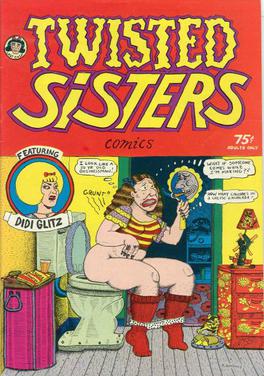
Twisted Sisters is an all-female underground comics anthology put together by Aline Kominsky and Diane Noomin, and published in various iterations. In addition to Kominsky and Noomin, contributors to Twisted Sisters included M. K. Brown, Dame Darcy, Julie Doucet, Debbie Drechsler, Mary Fleener, Phoebe Gloeckner, Krystine Kryttre, Carol Lay, Dori Seda, and Carol Tyler.

Young Lust is an underground comix anthology that was published sporadically from 1970 to 1993. The title, which parodied 1950s romance comics such as Young Love, was noted for its explicit depictions of sex. Unlike many other sex-fueled underground comix, Young Lust was generally not perceived as misogynistic. Founding editors Bill Griffith and Jay Kinney gradually morphed the title into a satire of societal mores. According to Kinney, Young Lust "became one of the top three best-selling underground comix, along with Zap Comix and The Fabulous Furry Freak Brothers".
Willy Murphy was an American underground cartoonist. Murphy's humor focused on hippies and the counterculture. His signature character was Arnold Peck the Human Wreck, "a mid-30s beanpole with wry observations about his own life and the community around him." Murphy's solo title was called Flamed-Out Funnies; in addition, he contributed to such seminal underground anthologies as Arcade, Bijou Funnies, and San Francisco Comic Book, as well as the National Lampoon.
Michele Wrightson, also known as Michele Brand, was an American artist who worked in the comic book industry. She started out as an underground comix cartoonist. Later, she made her name as a colorist. She was a key contributor to the first all-female underground comic, It Ain't Me, Babe, as well as its follow-up series, Wimmen's Comix.














